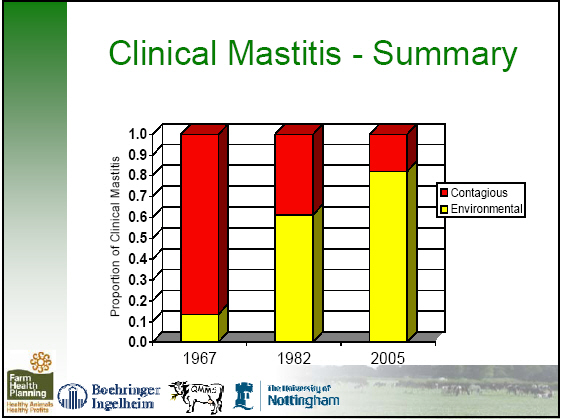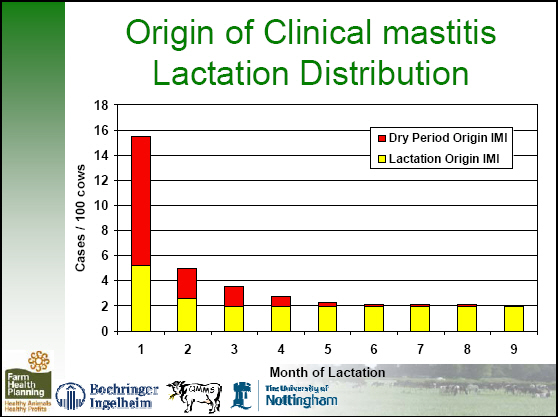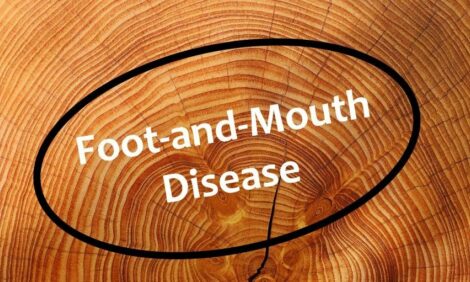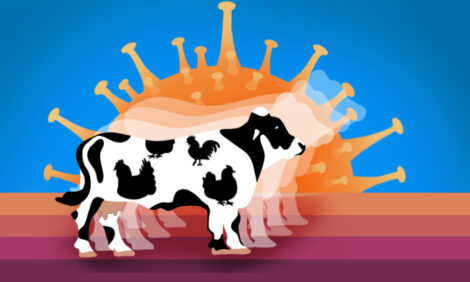



Controlling Mastitis In The Herd
The UK dairy herd has been seeing increasing incidence of environmental mastitis, while incidents of contagious mastitis have been decreasing, writes TheCattleSite senior editor Chris Harris.According to Dr Andrew Bradley from Quality Milk Management Services Ltd the overall incidence of mastitis are also decreasing together with the somatic cell counts in herds.
In a study of 1,845 herds taken over three years for the prevalence of sub-clinical mastitis, it was found that for 45 per cent of the herd the somatic cell count was above 200,000 cells per ml.
In 25 per cent of the herds, more than 30 per cent of the cow readings were above 200,000 cells per ml and more than 20 per cent of the cows remained above 200,000 cells per ml for two consecutive recordings.
However, he said that studies show that there is a movement away from the cause of sub-clinical mastitis being from Staphylococcus aureus - contagious mastitis transmitted from cow to cow - and an increase in the cause being Streptococcus uberis - an environmental cause.

When studies looked at the prevalence of clinical mastitis, it was found that while there had been programmes in the UK for 20 years to control the problem, now things had started to slip back.
However, he said that the studies had found that there is no relationship between the herd size and bulk-milk somatic-cell count (BMSCC). The shift, he said was from contagious to environmental pathogens.
He said that planned programmes have done a lot to improve mastitis on farms and also improve milk quality and the main principles of mastitis control were to remove the existing infections and prevent new ones.
"As long as the rate of cure and culling exceeds the rate of new infection then progress will be made," he said.
However, he added that do not only have to remove existing infections but they need to address the underlying problems and the source of potential new infections.
One major question that has to be addressed is whether it is better to control the mastitis during lactation or during the dry period.
In looking at the prevalence during the dry period, it was found that there were large amounts during the first and second months of lactation.

He said that the controls for mastitis are very different for the dry period and for the period during lactation and understanding this aspect and getting to correct controls was a crucial part of understanding mastitis and prioritising controls on the farm.
An effective on farm plan needs to address all aspects of mastitis control and it needs to focus on prevention and not cure, Dr Bradley said.
The controls also need to be farm specific and there also needs to be an on-going commitment from the farmer to incorporate ongoing monitor=ring outcomes.
In the UK, he advised the farmers to adopt control plans, such as those organised and administered by the industry body Dairy Co.
DR Bradley added that it is also essential to take the appropriate choices in treatment to be effective. Rapid identification is crucial and the critical time is at the first milking. If it is missed once, the cure rate drops by 50 per cent, he said.
The aim must be to achieve a bacteriological cure although a cure can be affected by the strain of the pathogen and if the pathogen is resistant to penicillin or has an antibiotic resistance.
The effectiveness also depends on the ICSCC (cell count), the number of quarters affected in the animal and the udder pathology and well as the timing of infection - whether it is during the dry period or during lactation and the type and duration of the treatment.
For the herd, the cell count and the prevalence of different pathogens as well as the likelihood of new infections will also affect treatment.
The major requirement for control of mastitis are to understand what mastitis control means and the farmer needs to work closely with the vet and advisors to ensure an effective plan is put in place.
Although treatment plays a part, it is not the key and control measures are also important and successful controls rely on monitoring the outcomes of control measures.
Further Reading
| - | Find out more information on Mastitis by clicking here. |


